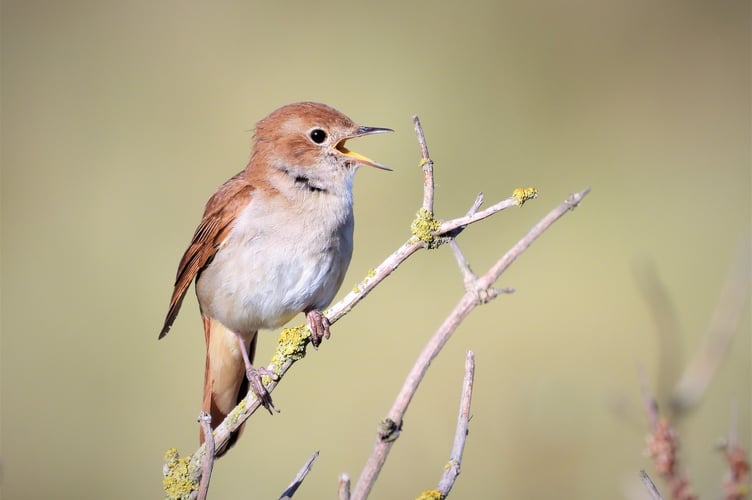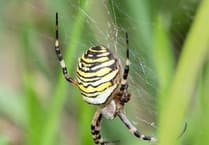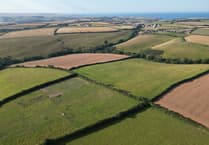A young journalist has recorded his observations of the wildlife on his family’s Westcountry farm, a mixed farm with livestock, crops and orchard. His detailed record describes an abundance of birds – breeding lapwings, kingfishers along the riverbank, and goldfinches, blackcaps, treecreepers, bullfinches and mistle thrush nesting in the orchard.
An impressive list of birds, but the farm also hosts some much rarer birds that make his report so extraordinary: nightingales, corncrakes, flycatchers and cuckoos. He records that elm trees are home to redstarts and linnets, and that red squirrels are frequent visitors to the orchard. Given that these species are all either largely or entirely absent from our countryside, it is evident that the journalist recorded these sightings a long time ago.
Richard Jefferies’ journal, Wild Life in a Southern County, was written in 1879, and gives a tantalising glimpse of the abundance of wildlife on a Wiltshire farm that would be unimaginable in the same landscape 150 years later. It is sobering to compare to the state of nature today.
Jefferies recorded a world where nightingales were common even on the edges of towns. Farmers noted the arrival of cuckoos every spring and also the corncrake, a bird that lived in the long grass of hay meadows. To see corncrakes today, you would need to travel to the farthest reaches of the British Isles, to the Outer Hebrides where hay meadows are still common and mown late in the year.
Richard Jefferies was writing just as farming practices began to change. He observed that horses pulling a plough needed room to turn at the end of each furrow, leaving a narrow strip of weeds and wildflowers. He noted that the new mechanised steam ploughs left far fewer of these wild edges, and the corncrakes vanished almost immediately.
Artificial fertilisers, pesticides and herbicides were still many decades into the future. So the abundance of insects fed a healthy population of frogs and toads that Jefferies reported would come in through the open doors of the farmhouse in summer, followed by the grass snakes that hunted them!
While few would welcome snakes and frogs in the house, Jefferies left a valuable record of the abundance of wildlife when farming still left patches of land wild and undisturbed. Today, agri-environmental payments encourage farmers to restore these habitats, and in 2022, the UK government committed to the global pledge to protect 30% of land and seas for nature by 2030.
So far, just 8.5% of England’s land is assessed as contributing to this target. But even in these protected sites, including Sites of Special Scientific Interest (SSSIs) and National Parks, wildlife continues to decline due to overgrazing by livestock, water pollution from agricultural runoff and pesticides.
The amount of land “effectively protected” for nature in England is calculated at less than 3%. We must leave far more land unfarmed and wild, starting with our National Parks, if we are ever going to be able to appreciate the wildlife that was so much part of life in Richard Jefferies’ time.





Comments
This article has no comments yet. Be the first to leave a comment.